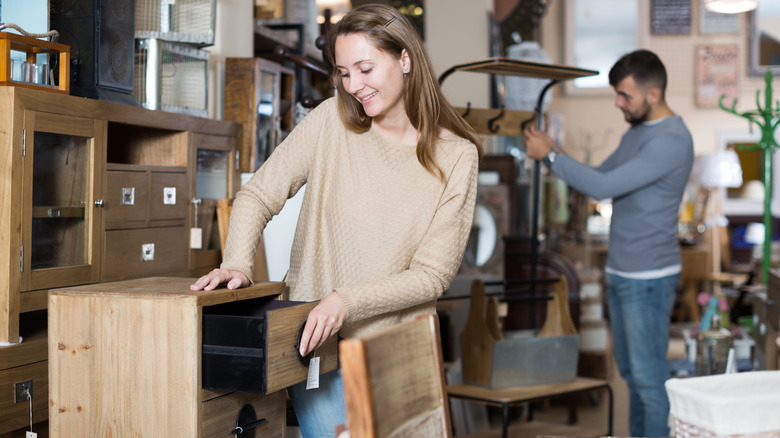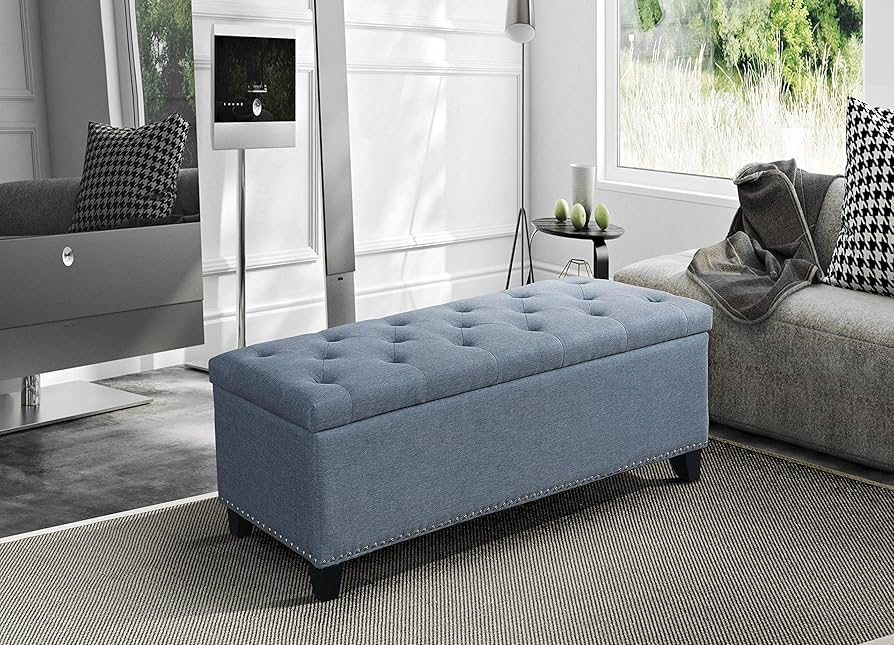Buying secondhand furniture is a smart way to furnish your home on a budget, all while giving unique, often well-crafted pieces a second life. Whether you’re thrift store hopping, scrolling through online marketplaces, or exploring estate sales, secondhand furniture can offer incredible value—if you know what to look for. Here’s how to shop wisely and avoid the pitfalls that come with pre-loved pieces.
1. Check for Structural Integrity
Start with the basics: is the furniture sturdy? Gently shake chairs, tables, and dressers to see if they wobble or creak. Sit on chairs or sofas to test for sagging or weak support. Solid wood frames and quality joinery (like dovetail or mortise-and-tenon joints) are good signs of durability.
Tip: Avoid particleboard or pieces that are glued together without any visible reinforcements—they’re more likely to fall apart quickly.
2. Inspect for Signs of Pests
One of the biggest risks with secondhand furniture is bringing home uninvited guests like bedbugs or termites. Inspect seams, joints, and under cushions for small black dots, shed skins, or live bugs. Wooden furniture should be examined for small holes, sawdust trails, or soft spots that may indicate wood-boring insects.
Tip: When in doubt, skip upholstered pieces that you can’t thoroughly inspect or clean. Wood and metal items are generally safer.
3. Assess the Condition of Upholstery
If you’re buying a couch, armchair, or padded bench, look beyond the fabric pattern. Check for rips, stains, fading, or lingering odors. Smells can be especially difficult to remove once embedded in fabric or foam.
Tip: If the piece has a great frame and shape, you might consider reupholstering it. Just be sure to factor that cost into your budget.
4. Evaluate the Finish and Hardware
Original finishes, paint, and hardware can tell you a lot about a piece’s history—and how much work might be needed. Scratches or chips in the finish may be easy to touch up, but warped wood, water damage, or peeling veneer may require more serious repairs.
Tip: Hardware like knobs and handles is easy to replace, but ensure drawers and doors open smoothly and align properly.
5. Consider Style and Scale
A beautiful piece can still be wrong for your space. Measure both the furniture and the room where it will go. Will it fit through your doorway or stairwell? Does the style complement your existing décor?
Tip: It’s easy to get carried away when something is a good deal. Make sure it fits your needs and isn’t just a steal for the sake of buying.
6. Know What Can Be Refreshed
Don’t be afraid of a little DIY potential. A dated dresser can be modernized with fresh paint and new hardware. A scuffed coffee table can become a statement piece with some sanding and stain. Often, the bones are good—you just need a little vision and elbow grease.
Tip: Avoid items that require more time, skill, or tools than you’re realistically prepared to invest.
7. Ask About the Item’s History
If you’re buying from an individual or local seller, ask about the item’s age, original use, and any known repairs. This info can help you determine its value and how it will hold up over time.
Conclusion
Buying secondhand furniture is both an eco-friendly and budget-conscious choice, but it pays to be selective. With a sharp eye and a little patience, you can find unique, quality pieces that tell a story and last for years. Remember to trust your instincts—if something feels off, it probably is. But when the right piece comes along, it’s a win for your home and your wallet.




